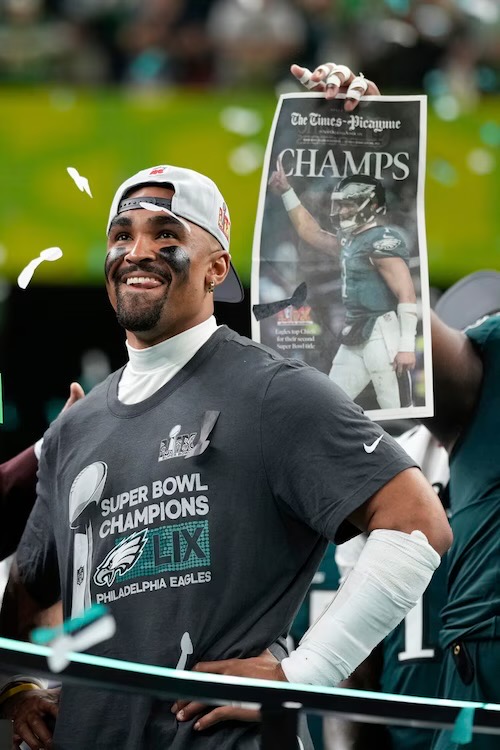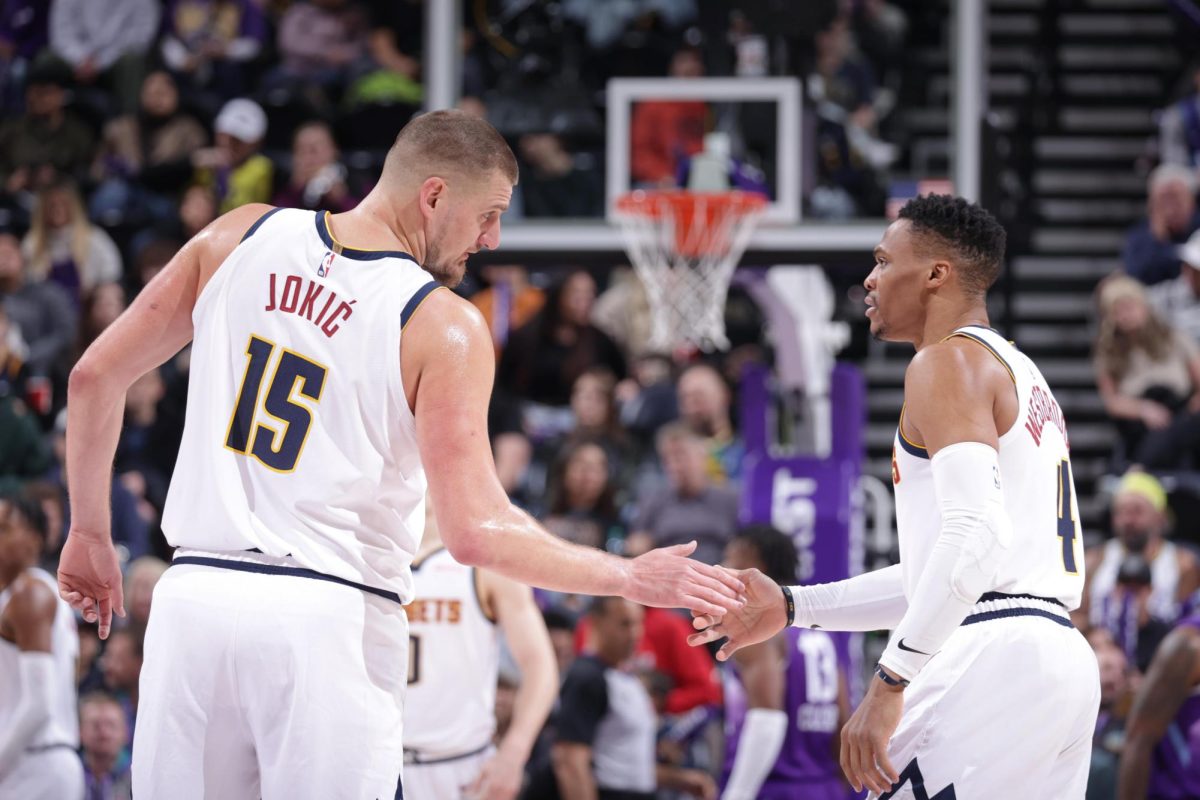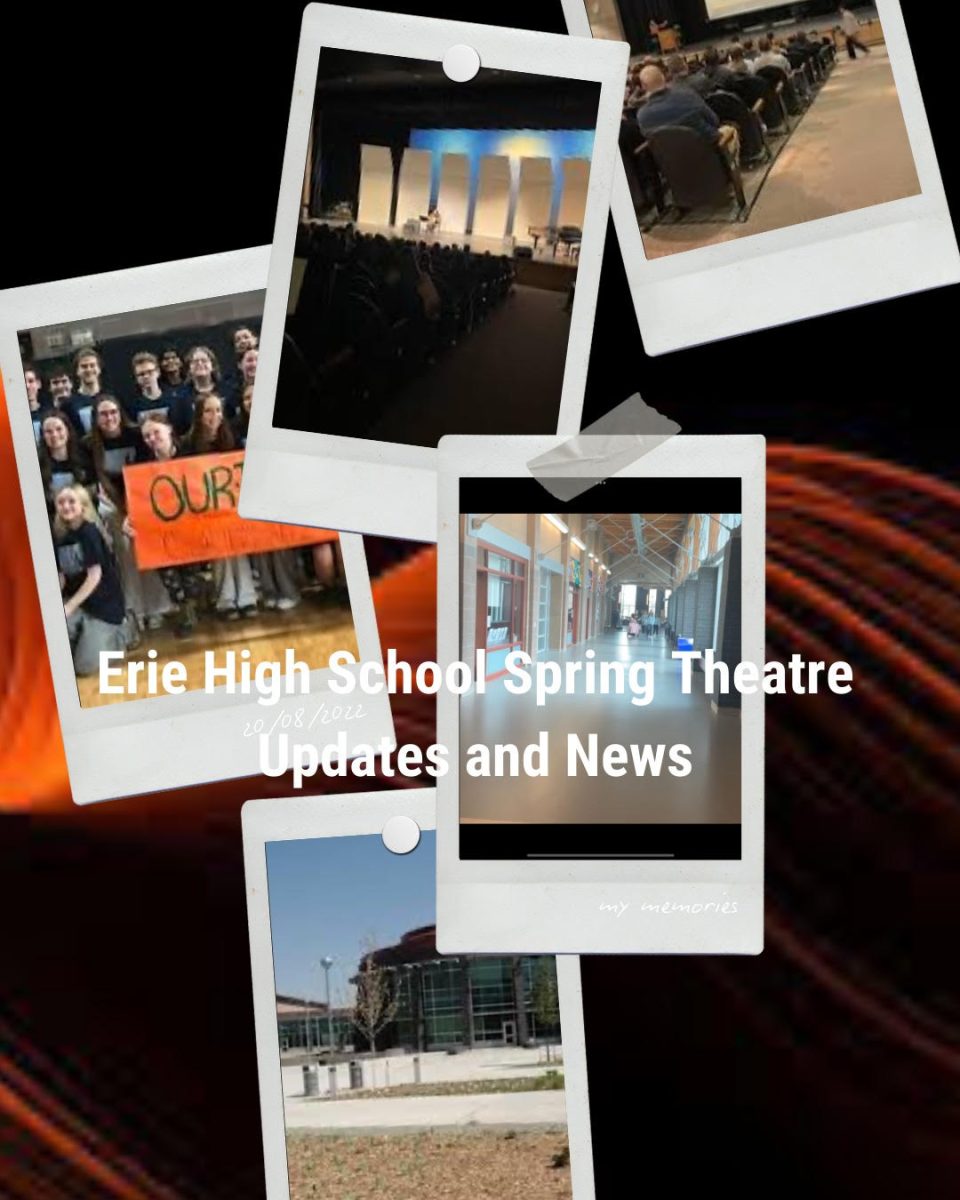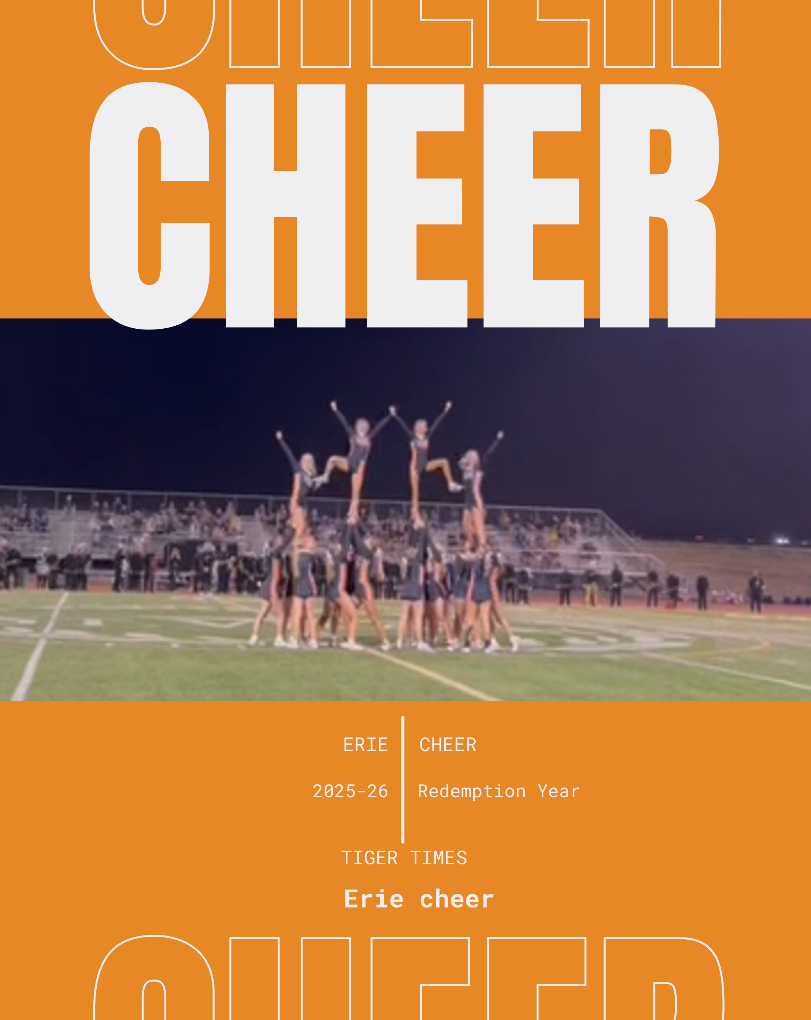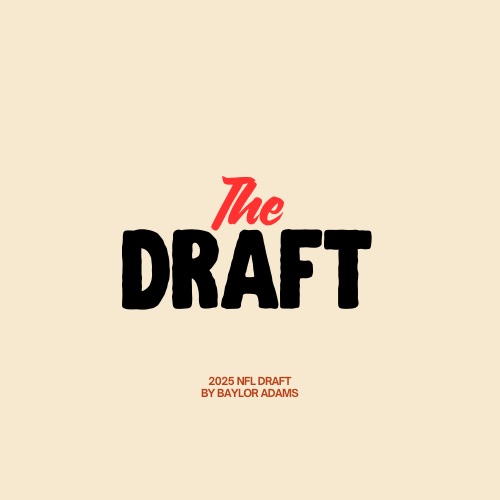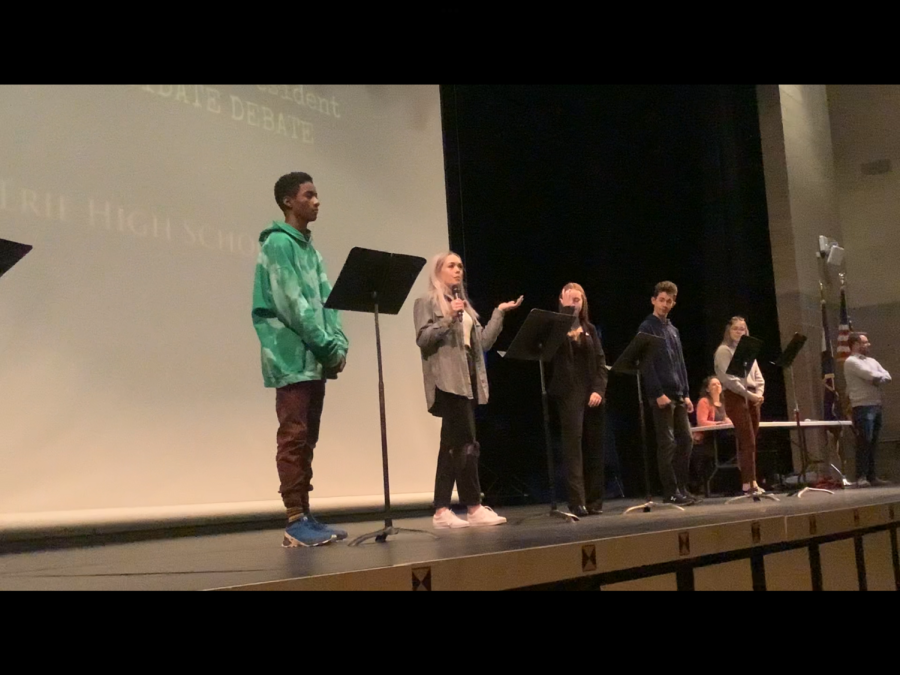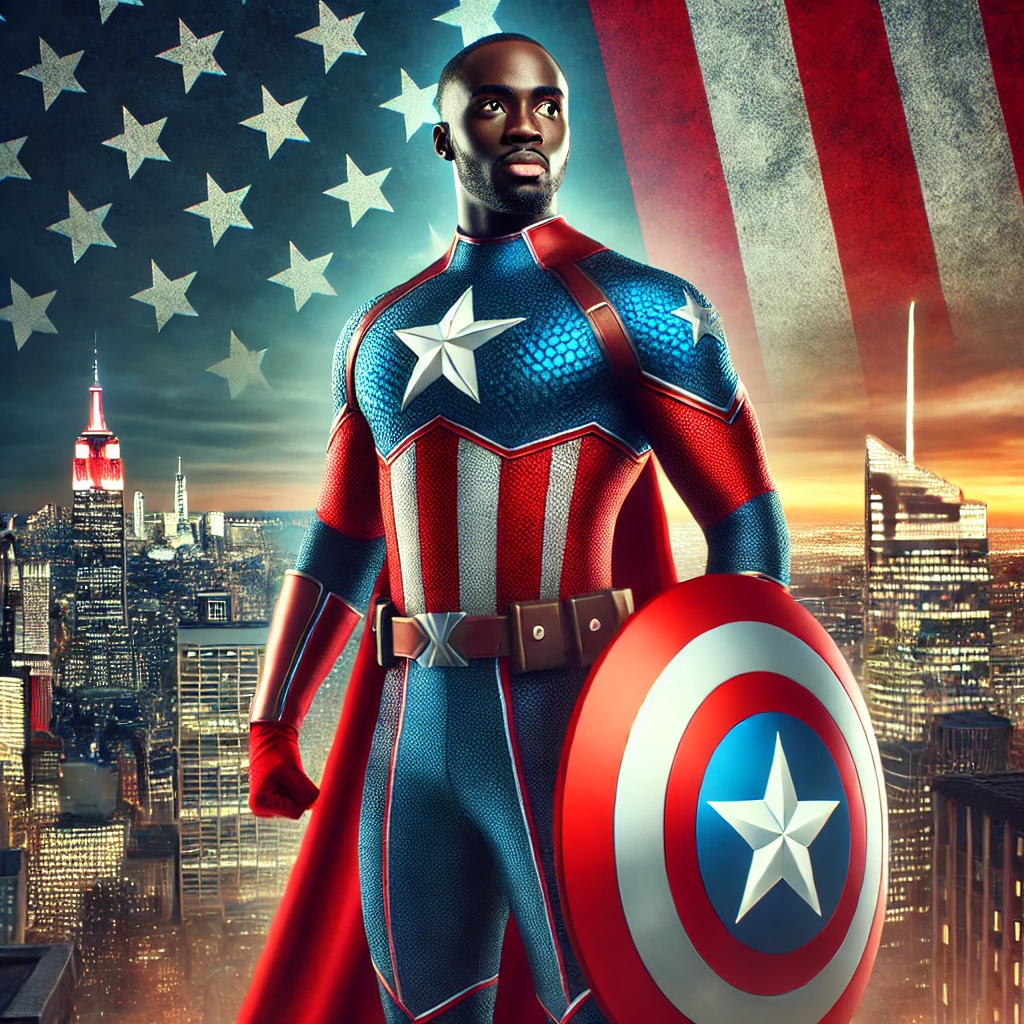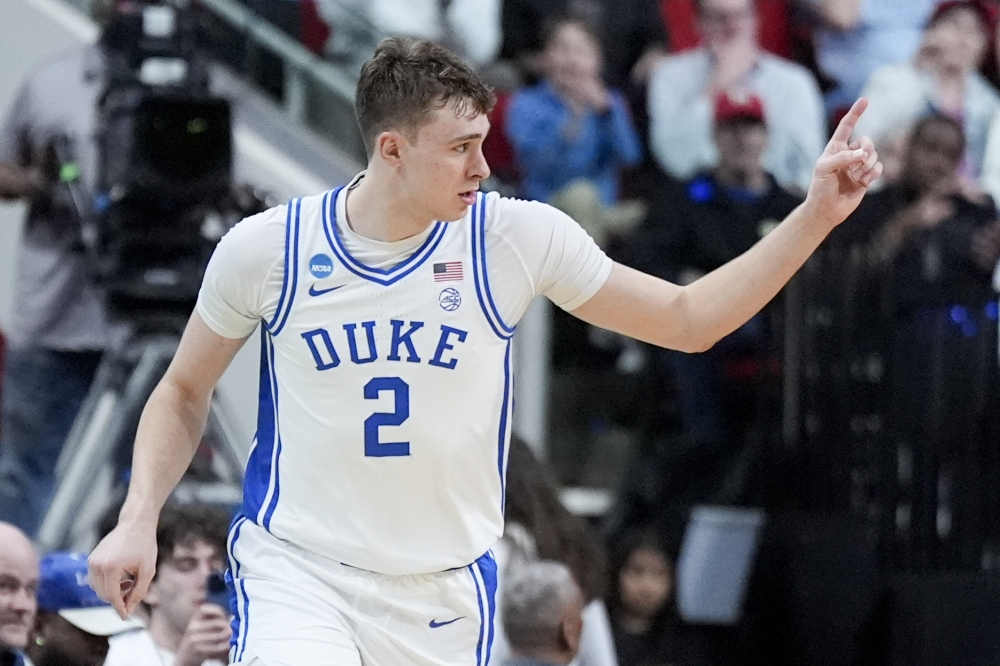The 2025 NFL Draft, held at the iconic Lambeau Field in Green Bay, Wisconsin, marked the 90th iteration of one of football’s most anticipated annual events. As expected, the draft served as a stage for emerging talent and a reflection of how franchises across the league are reshaping their team-building philosophies. From franchise-altering quarterback selections to calculated defensive moves, this year’s draft signaled a renewed focus on versatility, long-term planning, and immediate value. As the dust settles, several key themes and standout stories define this class and its impact on the league moving forward.
The Tennessee Titans set the tone early by selecting quarterback Cam Ward with the first overall pick. Ward, who dazzled scouts with his combination of mobility, arm strength, and leadership, had long been projected as the top signal-caller in this draft class. His selection reflects Tennessee’s commitment to resetting its offense and finding a cornerstone player around whom the franchise can build. With questions lingering over the team’s quarterback situation in recent years, Ward’s arrival brings a renewed sense of direction and optimism to Nashville.
Following closely behind, the Jacksonville Jaguars made perhaps the most intriguing move of the first round by selecting Travis Hunter. Known for his exceptional two-way ability, playing both cornerback and wide receiver at a high level during his college career, Hunter represents a rare breed of athlete. Jacksonville is betting big on Hunter’s unique skill set and the potential to impact the game in multiple ways. His selection signals the franchise’s desire to inject energy and versatility into its roster, possibly redefining how modern NFL teams utilize multi-positional talents.
The New York Giants continued a defensive focus by selecting edge rusher Abdul Carter with the third overall pick. Carter’s explosiveness, speed off the edge, and ability to disrupt opposing offenses made him a highly coveted asset in this draft. For a Giants team looking to restore the dominance of its front seven, Carter fits the mold of a defensive cornerstone who can lead a new era in New York.
Beyond the top three picks, several teams used their draft capital strategically to address both immediate needs and future depth. The Chicago Bears, for example, showed their commitment to young quarterback Caleb Williams by selecting tight end Colston Loveland. The move gives Williams a dependable target and enhances the offensive scheme with a player capable of stretching the field and creating mismatches against linebackers. Under the leadership of general manager Ryan Poles and new head coach Ben Johnson, Chicago appears to be crafting a supporting cast designed to maximize their franchise quarterback’s development.
Perhaps the most unexpected move of the draft came from the Cleveland Browns, who selected quarterback Shedeur Sanders. While Sanders’ talent was never in doubt—he had an impressive college career defined by poise, decision-making, and leadership—many analysts believed Cleveland would address other areas of concern. However, Sanders’ confident demeanor and track record of success may have been too compelling for the Browns to pass up. His selection hints at potential changes at the quarterback position and reflects the front office’s readiness to explore bold, future-focused options.
On the offensive line, the Kansas City Chiefs added tackle Josh Simmons in the first round, continuing their annual emphasis on protecting superstar quarterback Patrick Mahomes. With some questions surrounding previous signings along the offensive line, Simmons brings fresh talent and high upside. Additionally, the Chiefs selected wide receiver Jalen Royals to bolster a receiving group that has seen some turnover in recent years. Both picks suggest that Kansas City is aiming to maintain its offensive firepower while reinforcing critical areas with young talent.
Meanwhile, the Las Vegas Raiders targeted defensive help by drafting Tonka Hemingway, a defensive lineman known for his pass-rushing skills and adaptability. The move adds depth to a front line that struggled with consistency last season. Hemingway’s ability to contribute in multiple schemes gives Las Vegas some needed flexibility as they revamp their defense under new leadership.
The Philadelphia Eagles also took the opportunity to strengthen their secondary, selecting cornerback Mac McWilliams. With the departure of veteran slot corner Avonte Maddox, McWilliams is expected to compete for a significant role early. His agility, instincts, and tackling ability could help solidify the Eagles’ pass defense in a division that features increasingly dynamic offenses.
The Atlanta Falcons made defense a clear priority as well, selecting both Jalon Walker and James Pearce Jr. as edge rushers, along with safety Xavier Watts. The infusion of young talent signals Atlanta’s desire to become faster and more aggressive on that side of the ball. In a conference stacked with elite quarterbacks, the Falcons are clearly focused on improving their pass rush and coverage units.
What stood out across the board in the 2025 draft was a noticeable shift in how teams evaluated prospects—not solely based on college production but on athletic upside, versatility, and long-term fit within evolving schemes. The increasing value placed on hybrid players—those who can play multiple roles on offense or defense—illustrates the league’s direction toward innovation and adaptability. This approach was most evident in the selections of players like Travis Hunter and Xavier Watts, who could see action at multiple positions depending on team needs.
Another theme that emerged was the renewed emphasis on long-term roster sustainability. Rather than solely seeking plug-and-play starters, many franchises selected developmental players with the physical tools and mental makeup to evolve into high-impact contributors. This strategic patience suggests that general managers across the league are embracing a broader view of success—one that accounts for cap flexibility, depth, and internal competition.
Of course, not every team walked away with glowing reviews. The San Francisco 49ers and Minnesota Vikings were among the franchises facing criticism for reaching on certain prospects or failing to address critical areas. These decisions, while potentially explainable internally, sparked debate among analysts and fans alike, highlighting the constant tension between short-term expectations and long-term vision.
As training camps approach and rookies begin acclimating to the professional level, the true impact of the 2025 NFL Draft will begin to unfold. While some players will become instant stars, others will require time and development. What is certain, however, is that this draft class carries the potential to reshape several franchises, influence playbooks, and introduce a new generation of stars to the NFL landscape.
The 2025 NFL Draft did more than distribute talent—it revealed how franchises are adapting to a changing league. In an era defined by speed, creativity, and multidimensional football, the teams that embraced versatility and foresight may soon find themselves ahead of the curve. As always, the true measure of this draft will come not in the headlines of April, but in the results of Sundays to come.






